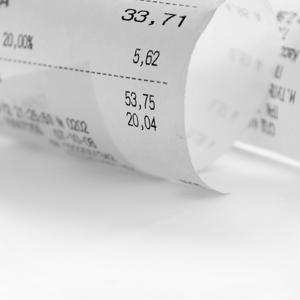While the technology has been around for nearly 30 years, thermal printing is predicted to undergo significant growth over the next half-decade, particularly in the label-printing market.
On a global scale, the thermal printing market is expected to see a compound annual growth rate of 4.4% by the year 2025, according to a 2019 Future Market Insights analysis of the industry. Based on the analysis, the Asia Pacific region is predicted to overtake North America with the largest share of the market. As of 2014, North America and Western Europe respectively held 24% and 21% of the global thermal printing market.
The FMI analysis further predicted in the analysis that by 2025, the RFID printer and label & tag printer segment of the global thermal printing market will cut into the industry’s largest segment – point of sale (POS) printers – which in 2014 had a 57% market share.
By printing a colored visual impression through the heating of coated thermochromic (thermal) paper at different temperatures, thermal printers do not require the use of often-pricey consumables like ink, toner and ribbons aside from the paper, saving costs compared to larger printers used for smaller jobs. For many years, thermal printers could only produce two colors, red and black.
The most recent improvement upon thermal printing capabilities came in 2007 at the hands of Polaroid and ZINK Holdings, LLC, which in 2007 first developed its Zero Ink printing system, which was able to print in multiple colors, according to Packaging Strategies.
Keep up-to-date with the latest label news by checking out Optimedia Labs’ online selection of high-quality label printers at its U.S. website or Canadian page.
